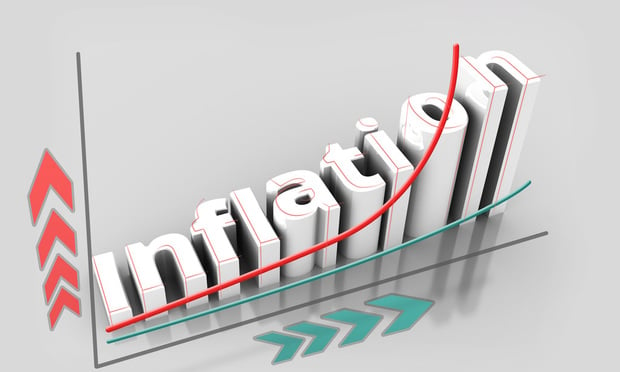Analysts from Fitch Ratings say stagflation is likely to lead to lower CRE valuations and a "prolonged period" of elevated cap rates.
"Stagflation is the primary potential macroeconomic risk currently facing commercial real estate," analysts note. "High inflation and weak economic growth could result in lower CRE valuations. This would be due to modestly growing or declining nominal net operating income (NOI) from soft tenant demand and elevated capitalization rates reflecting a higher risk premium."
Fitch analysts say that historically, nominal CRE values increased in periods of sustained rising interest rates, and property-level NOI "tended to keep pace with, or grow faster than, any increases in cap rates." But "long-term Treasury rates have increased since January 2022," they say. "All-time low cap rates heading into 2022 and weaker cash flow growth may herald lower values in a rising interest rate environment."
Recommended For You
Fitch also notes that the positive correlation between cap rates and the 10-year Treasury yield has been weakening since the mid-1980s, "making the magnitude by which cap rates increase, should interest rates increase, uncertain."
Separately, academic research points to another source of valuation erosion: Researchers from New York University and Columbia University recently examined the impact of pandemic drivers on office values, finding a 32% decline in office values in 2020 and $500 billion value destruction in the long run.
"Higher quality office buildings were somewhat buffered against these trends due to a flight to quality, while lower quality office buildings see much more dramatic swings," the researchers noted. "These valuation changes have repercussions for local public finances and financial sector stability."





